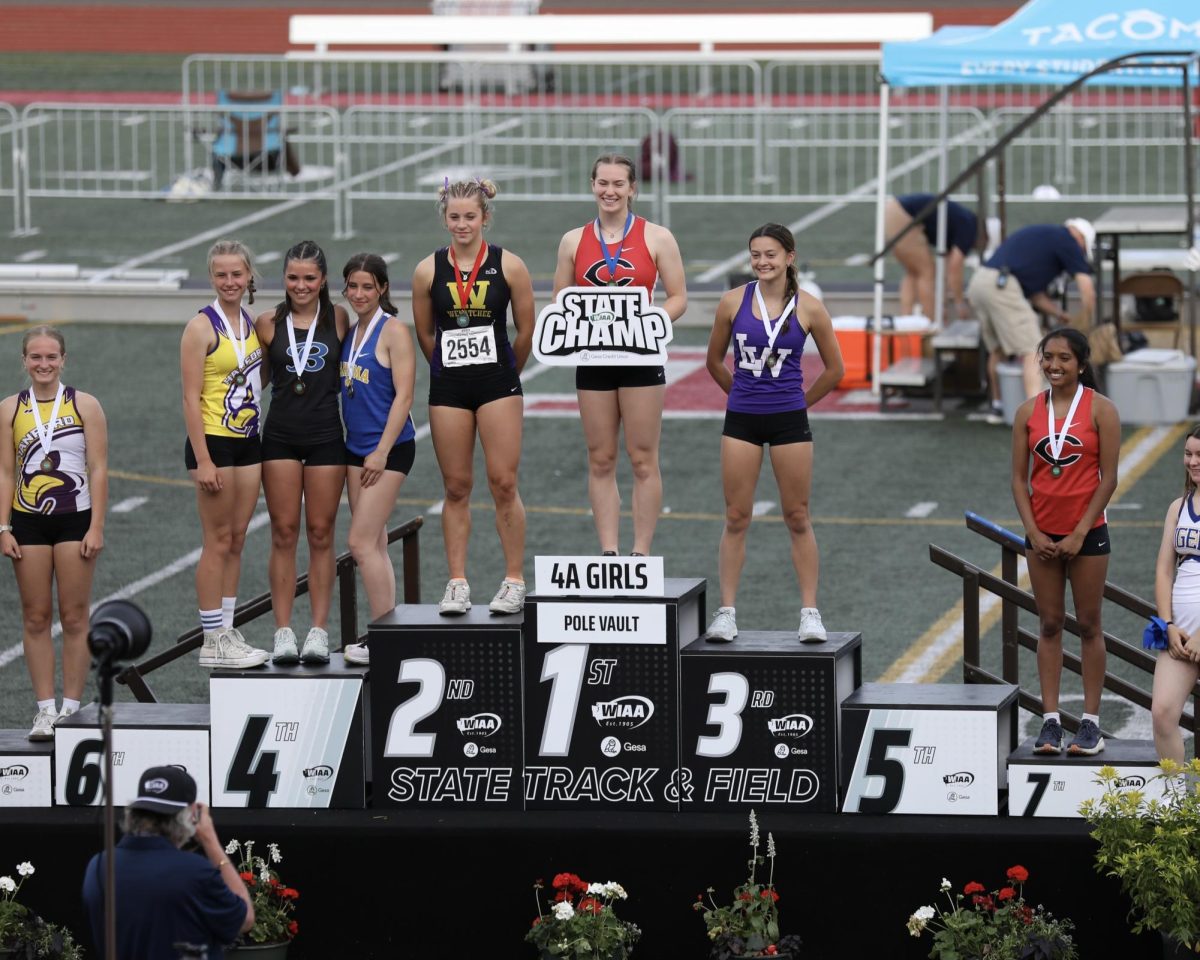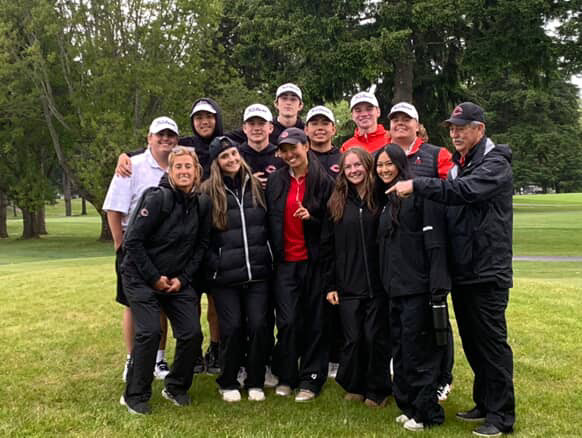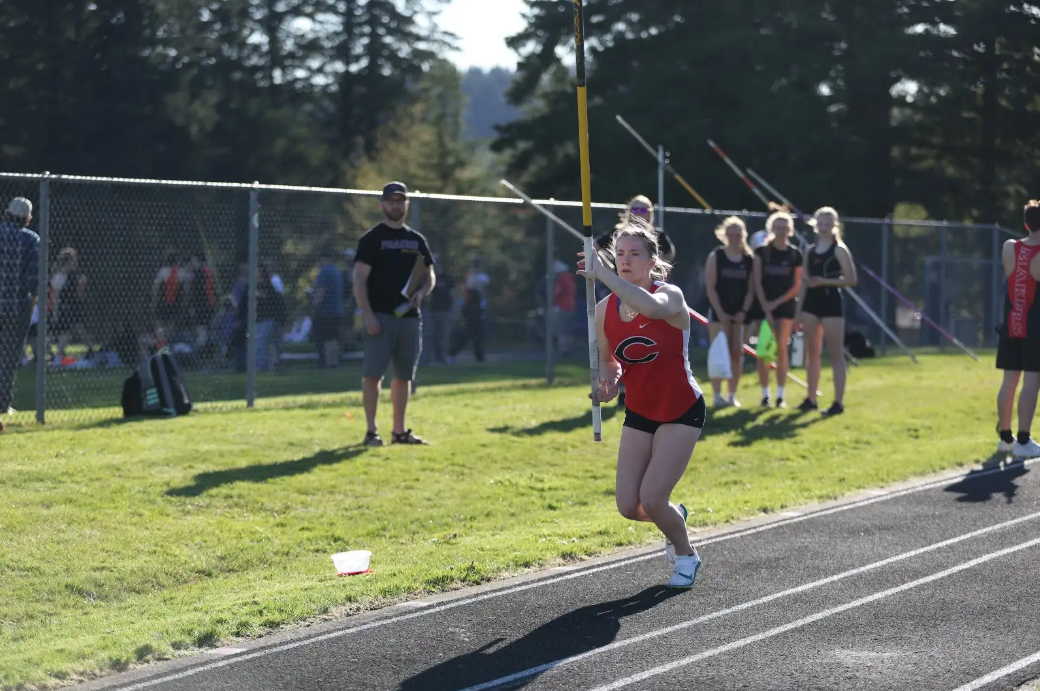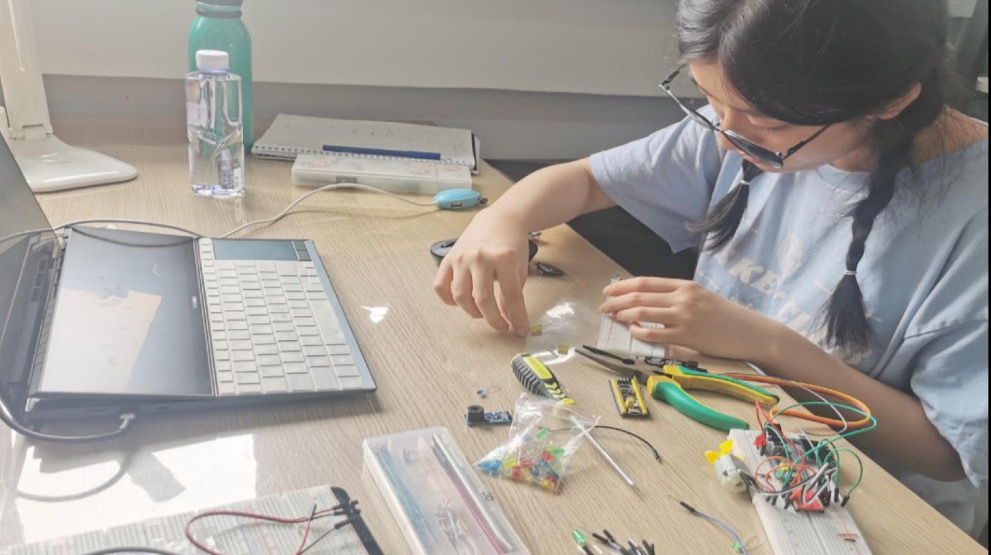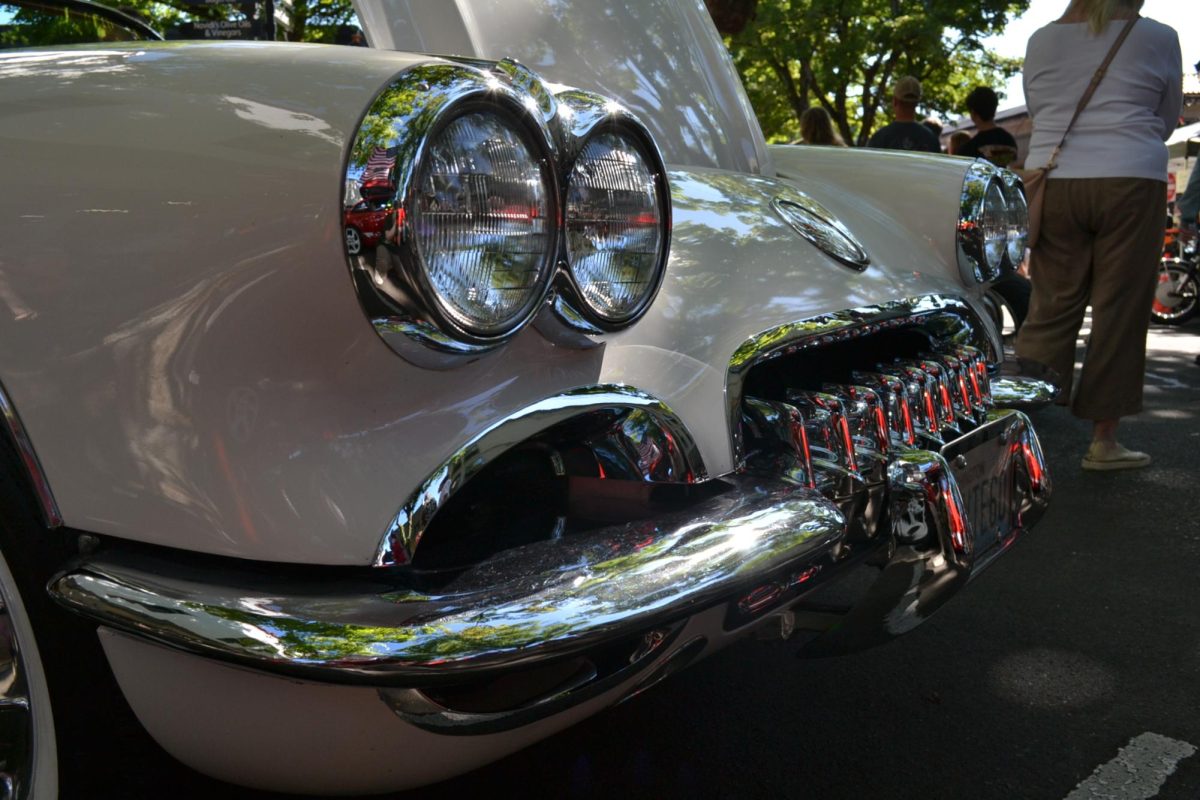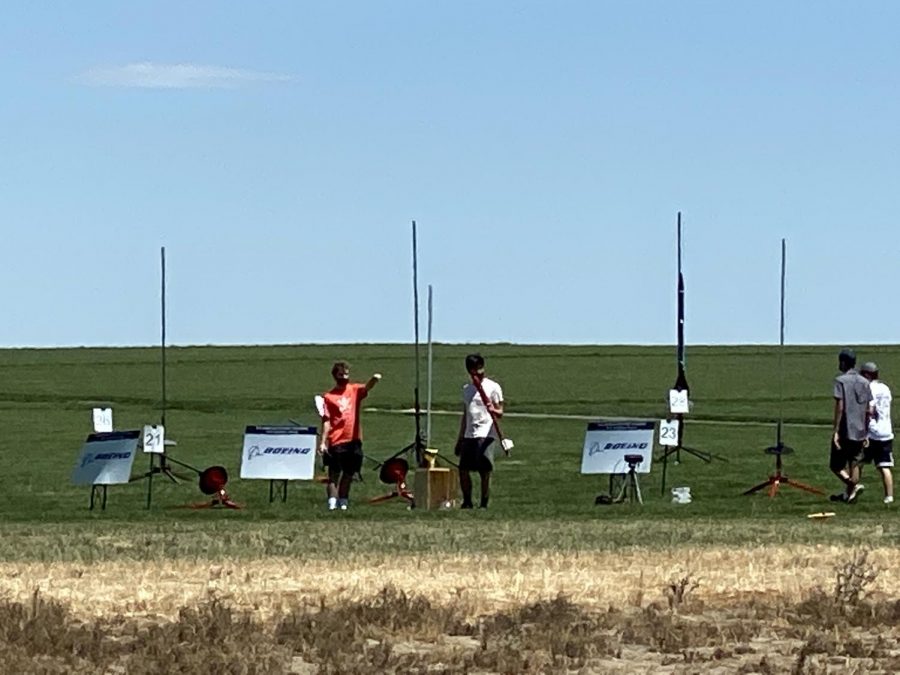Camas Rocketry Club Takes Off with NASA
November 2, 2021
The Camas High School Rocketry Team has been accepted into the 2021-2022 NASA Student Launch Initiative, which is a project run by NASA’s Artemis Generation program, where they will be challenged to design, build, and successfully launch a high powered rocket containing a scientific payload. The timeline for NASA Student Launch will carry through 2021 and into 2022 as the team works closely with their NASA Mentor to work through the challenge.
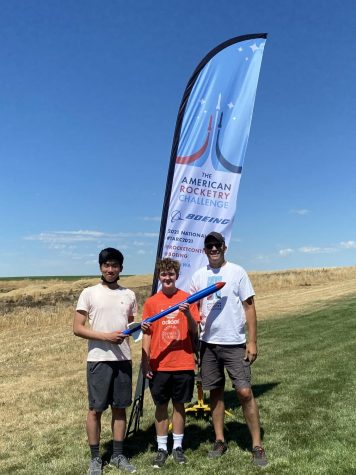
Prior to being accepted into NASA Student Launch, the Camas Rocketry Team participated in The American Rocketry Challenge (TARC) where they designed, built, and launched smaller rockets to a target altitude of 800 ft. They placed 18th in the national competition and were given the opportunity to create a proposal for the NASA Student Launch Initiative.
With this newfound success, Steven Wu, an original member of the Camas Rocketry Team, had the idea to create a rocketry club at Camas High School. “I thought there would be interest amongst the school community and I thought that it would be something that we could all grow from and not just in the technical aspect, but in the running of the small organization that might help build character,” Wu said.
The creation of the Camas Rocketry Club has been anything but easy for its members. With the recent changes in school board meeting times and the long process their club application must go through to be accepted by the school board, the Camas Rocketry Club is facing many challenges. Without being accepted as a club by the school board, they are unable to get the sponsorship money that is needed for NASA Student Launch. This will prove to be a struggle as they move through the strict deadlines for NASA Student Launch. “[it is] a fairly tight deadline, [the] Preliminary Design Review (PDR) deadline [is] on November 1st, the subscale rocket is due in January, and so is the Critical Design Review (CDR). The final flights will be in April, so we will be wrapping everything up by then, and most of the building will be [done] after January,” said Wu.
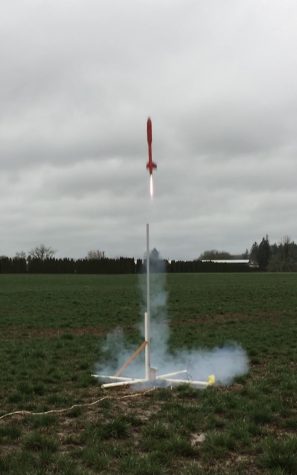
The Camas Rocketry Team plans to launch a payload containing a planetary lander that can collect soil samples and place them in a smaller rocket. The lander will be ejected out of the main rocket during its descent and will use a parachute to bring it safely to the ground where it will collect soil samples. With the soil collected, the smaller rocket will launch and return to the ground with a parachute.
Due to the heavy workload required for NASA Student Launch, the work is split into sub teams. These sub teams include Payload, Flight Vehicle, Electronics and Recovery, Safety, Finance, and STEM Engagement. Each team member works in at least two sub teams. “[This way] they have exposure to multiple parts of the project,” said Wu.
Participating in NASA Student Launch will challenge the Camas Rocketry Team to work as a team to learn and apply new skills to succeed in the challenge. The experience of NASA Student Launch will be beneficial to their education and people skills. “I think it will help in organizational skills for all of us as well as becoming more proficient in how people can be interested and stay interested in things that you want to propose to them.” said Wu, “[We will be] embarking on interesting endeavours with relatively unknown people, so having that in a facilitated environment of a school is a very good benefit to have.”

